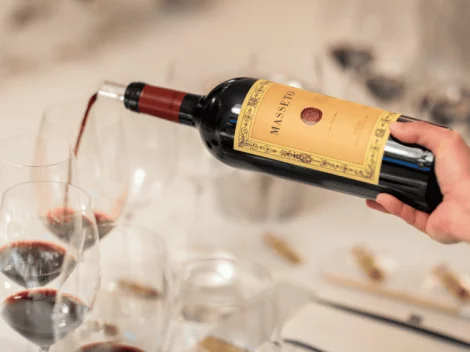by Vincenzo Russo
For many years, we studied the senses as separate elements. We examined sight, hearing, touch, taste, and smell as distinct processes, each directly dependent on the activation of our senses. However, in reality, the senses influence each other, creating a perception that is more than just the sum of its parts, as Gestalt psychologists suggested in the 1930s. Therefore, it’s important to pay attention to all sensory elements, especially those capable of creating contrast.
Packaging and the importance of creating contrasts
Various studies have shown the role of salient packaging in influencing decision-making. The effect of such visual features can even surpass taste preferences. Several studies (Itti, Koch, 2001; Mannan et al., 2009), many conducted using eye-tracking analysis on packaging, have highlighted how visual attributes like glossiness, colour, or shape can alter the location and duration of fixations when a consumer approaches a shelf or vending machine. Our research also shows how certain aspects of labelling are crucial in perceiving product quality. For example: 1) colour contrast (black vs white or red vs black); 2) visual contrast (glossy vs matte); 3) tactile contrast (smooth vs rough). Contrasts are attractive and, when well-balanced, have a strong predictive power regarding product quality.
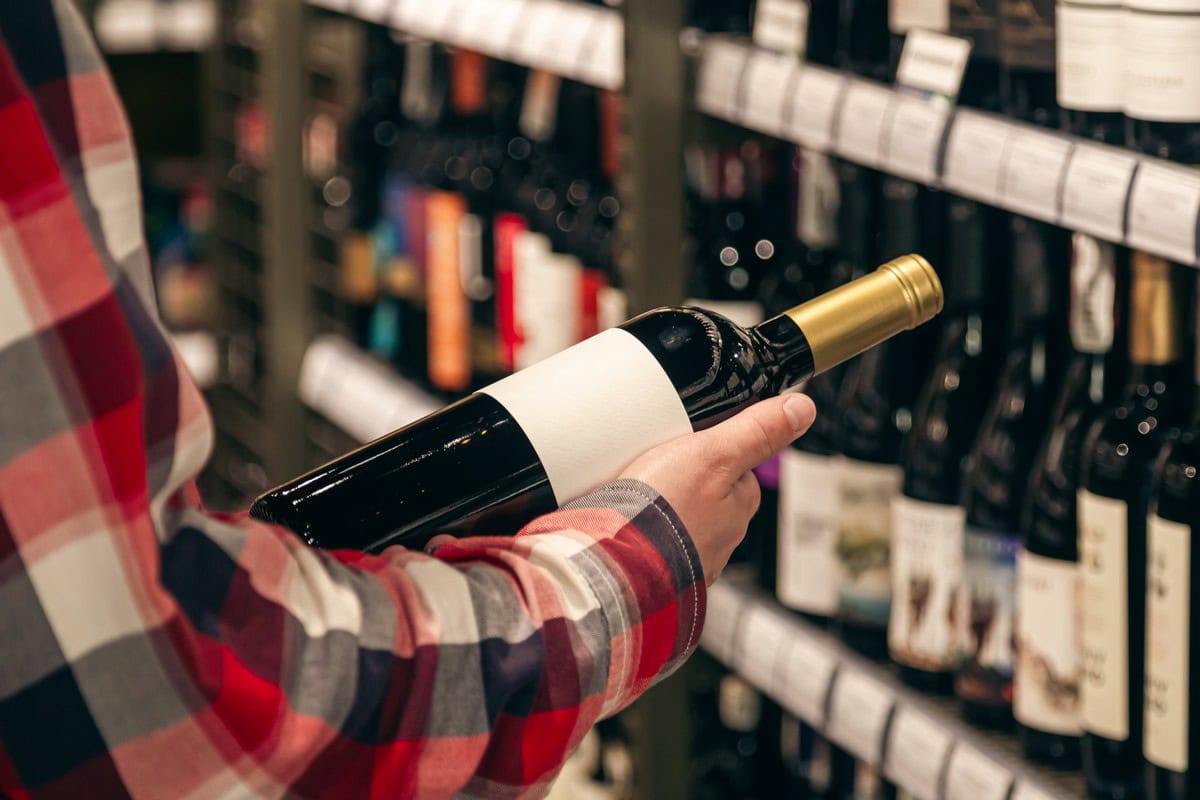
The secrets of roughness: From label to table
Consider, for example, a full-bodied red wine with a label that’s rough to the touch, featuring chiaroscuro effects and smooth, embossed crimson lettering—a label you’d want to caress. Glossy finishes on a matte background, textured paper that engages the sense of touch, the use of embossing, liquid gold, and braille varnish are all interesting solutions to enhance product perception. The density and viscosity of a product, the tasting table, or a label significantly influence the experience. One notable trend is the use of natural wood for tables, signalling a commitment to ecological awareness and sustainability.
Another significant trend is ice bars, where the tactile dimension is all about the cold, with temperatures around -5°C and blue-tinged lighting to enhance the sensation of low temperature. Lower temperatures not only create a strange environmental situation but also increase the amount of food consumed, even if you can’t expect to stay long. The importance of the tasting table becomes clear—its roughness can affect product perception.
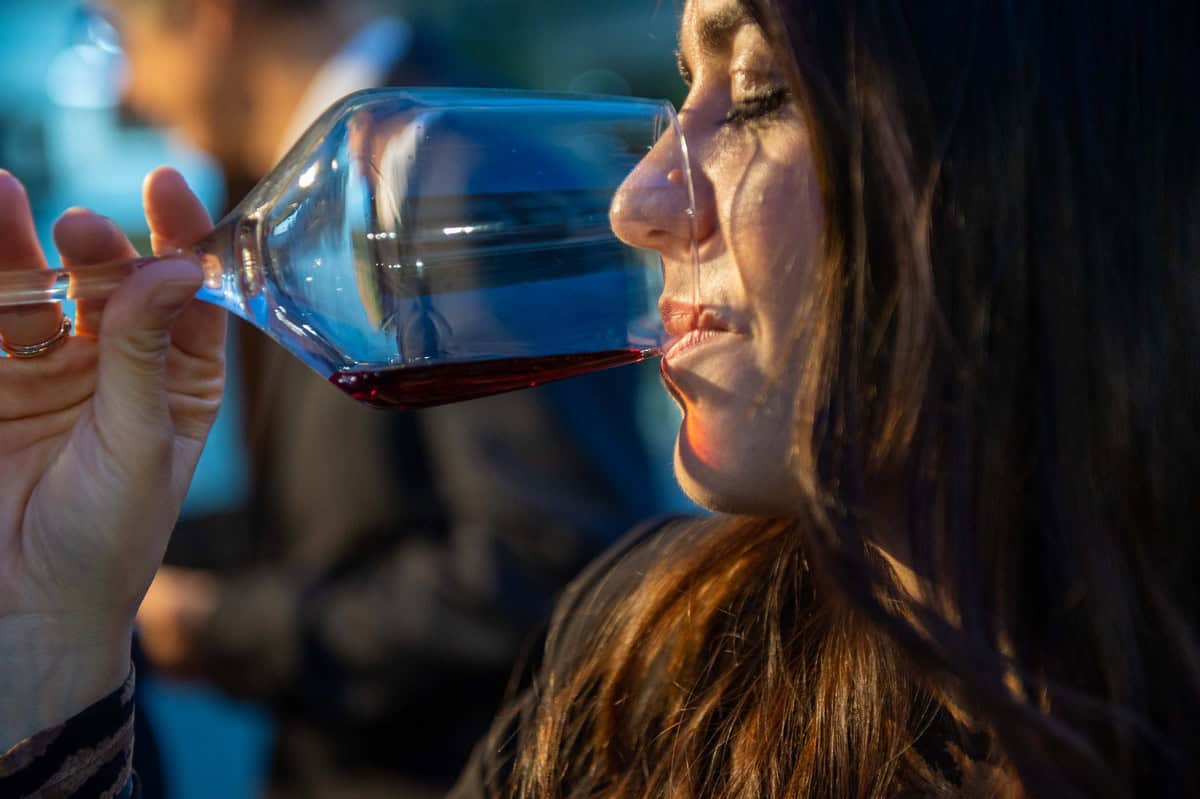
The IULM experiment on touch
One of the latest experiments conducted by our Neuromarketing Research Centre confirmed the role of touch. In an experiment with 133 participants, we had them taste the same wine under two different conditions. During the tasting, participants were asked to test the first wine while stroking a soft white plush coaster. In the second case, they stroked a black sandpaper coaster. To amplify the effect, we added a musical variable: the white plush coaster was paired with sweet (high-frequency) music, and the sandpaper with bitter (low-frequency) music. The wine was identical, but the participants didn’t know that.
The wine was the same, but most didn’t realise
What was the outcome? Only 20% realised the wine was the same. The remaining 80% claimed the wine was different and that the one tasted while touching the white plush coaster was more pleasant and especially sweeter. In this case, too, wine perception was influenced by tactile and auditory senses. Thus, for those organising tastings, it’s important to consider not only the quality of the containers but also the value of the environment in all its aspects.

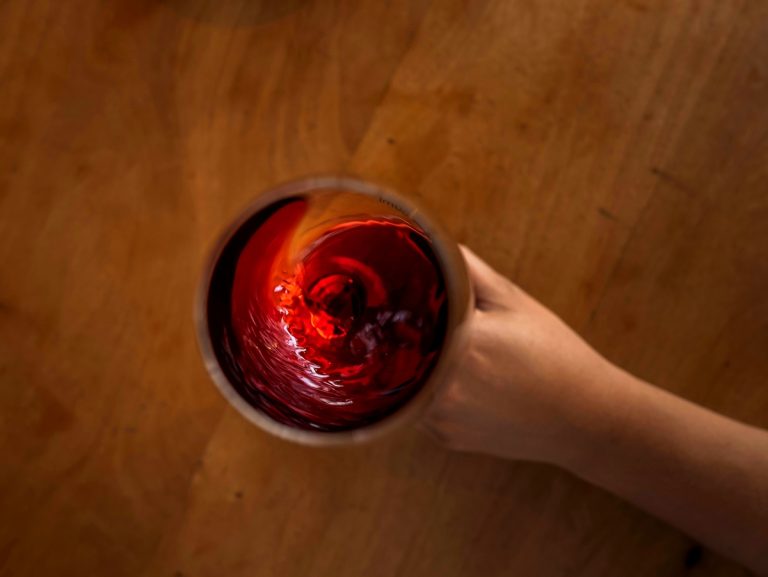
 Wine was a drink of the people as early as the Early Bronze Age. A study disproves the ancient elitism of Bacchus’ nectar
Wine was a drink of the people as early as the Early Bronze Age. A study disproves the ancient elitism of Bacchus’ nectar "From 2nd April, US tariffs between 10% and 25% on wine as well." The announcement from the Wine Trade Alliance
"From 2nd April, US tariffs between 10% and 25% on wine as well." The announcement from the Wine Trade Alliance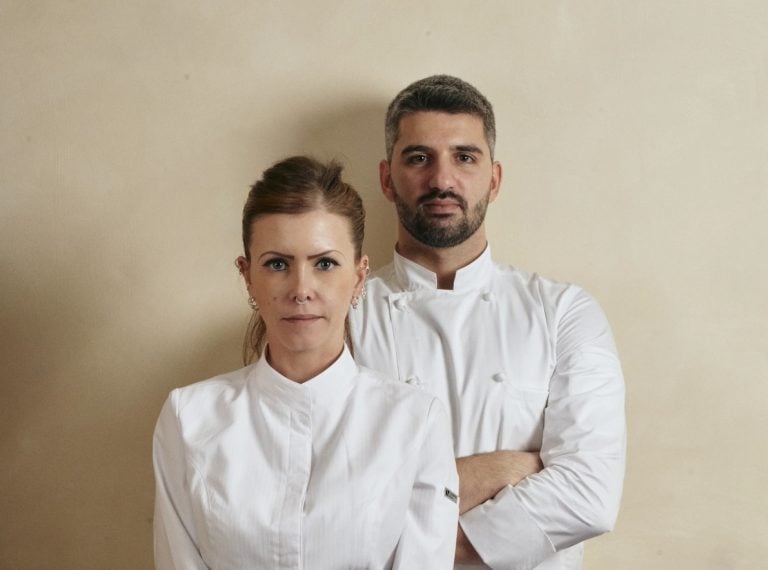 Michelin surprise: in France, the guide rewards Italian chefs
Michelin surprise: in France, the guide rewards Italian chefs Vinitaly 2025: "Piwi should not be included in the DOCs. Dealcoholised wines? I have changed my mind." Angelo Gaja's position
Vinitaly 2025: "Piwi should not be included in the DOCs. Dealcoholised wines? I have changed my mind." Angelo Gaja's position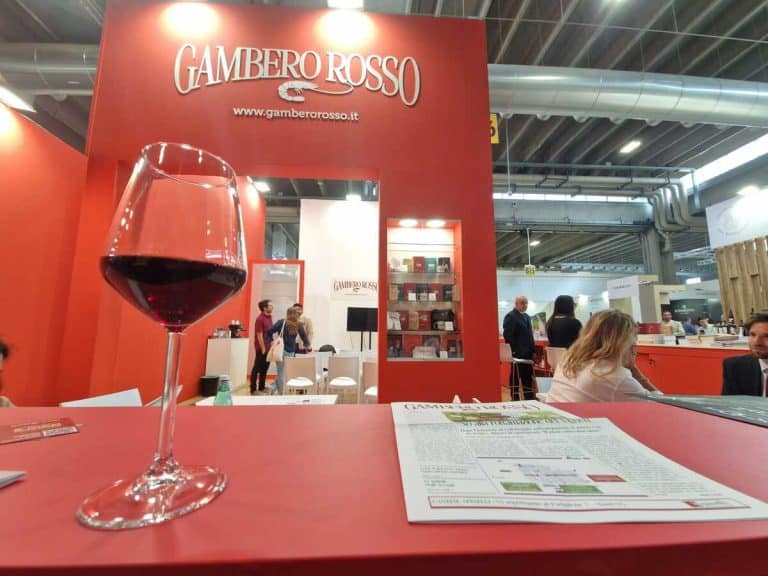 Vinitaly 2025: here are all the events by Gambero Rosso. Tre Bicchieri, debates, TV and much more...
Vinitaly 2025: here are all the events by Gambero Rosso. Tre Bicchieri, debates, TV and much more...


